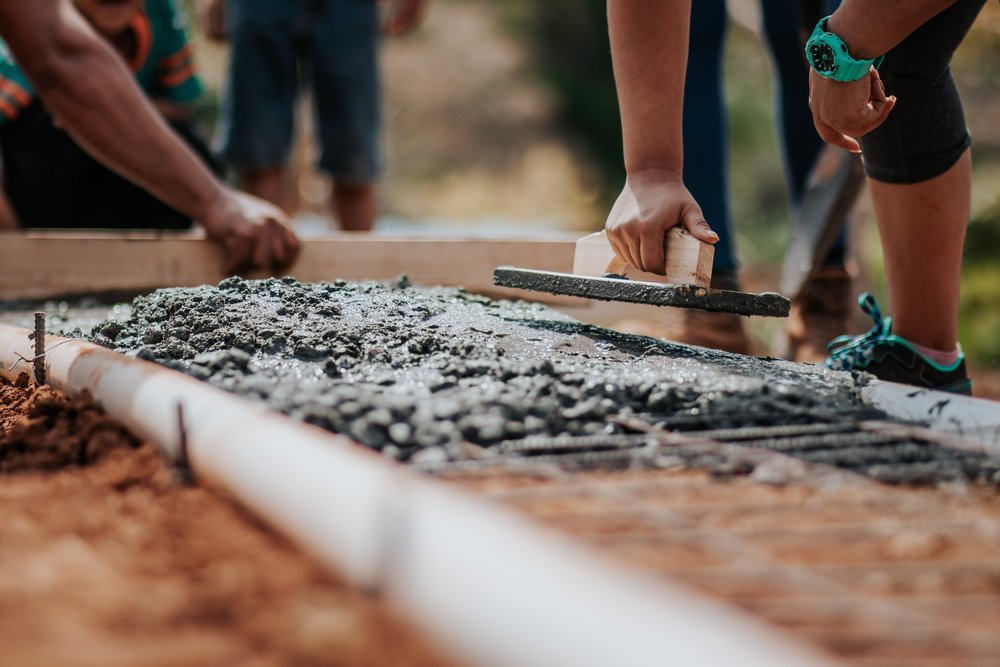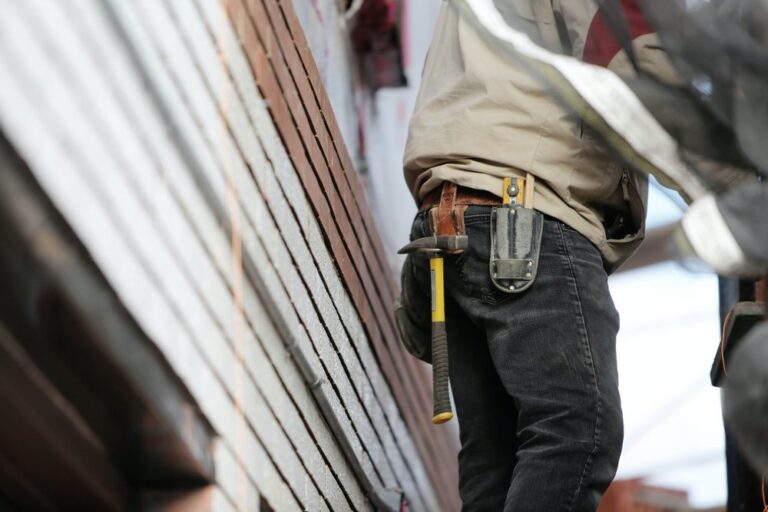The Science of Foundation Settlement and How to Fix It
Your home’s foundation is the unsung hero that bears the weight of your entire house. However, over time, the natural process of settlement can lead to issues that compromise the stability of your foundation. In this article, we’ll delve into the science of foundation settlement, exploring the causes, signs, and effective solutions to address this common challenge and safeguard the structural integrity of your home.
Understanding Foundation Settlement:
Foundation settlement is a natural occurrence caused by the shifting of the soil beneath your home. Various factors contribute to this process, including:
Soil Composition:
Different soil types have varying load-bearing capacities. Clayey soils, for instance, can shrink and expand with changes in moisture, leading to settlement.Water Saturation:
Excessive water around the foundation can soften the soil, reducing its ability to support the weight of the structure.Poor Compaction:
Inadequate soil compaction during construction can create voids beneath the foundation, causing it to settle unevenly.Vegetation Influence:
Trees and large shrubs near the foundation can absorb moisture from the soil, leading to soil shrinkage and settlement.
Signs of Foundation Settlement:
Recognizing the early signs of foundation settlement is crucial for prompt intervention. Common indicators include:
Cracks in Walls or Floors:
The appearance of diagonal or horizontal cracks in the walls or floors is a clear sign of foundation settlement.Doors and Windows Misalignment:
Difficulty in opening or closing doors and windows can result from the uneven settling of the foundation.Uneven Floors:
If you notice that your floors are sloping or uneven, it may indicate foundation settlement.Visible Gaps Around Windows and Doors:
Gaps between the frames of windows and doors and the surrounding walls are indicative of foundation movement.
The Science Behind Foundation Repair:
Addressing foundation settlement involves a combination of science and engineering. Here are some common techniques used in foundation repair:
Underpinning:
Underpinning involves strengthening the foundation by extending it to deeper, more stable soil layers. This is often done using steel piers or helical piers driven into the ground.Slabjacking:
Slabjacking, also known as mudjacking, involves injecting a grout mixture beneath the settled slab to lift it back to its original position.Piering:
Installing foundation piers, whether concrete or steel, can provide additional support to stabilize and lift the foundation.Drainage Improvements:
Addressing water-related issues, such as improving drainage around the foundation, can prevent further settlement caused by soil expansion and contraction.
Preventive Measures:
Proper Site Preparation:
Ensuring proper compaction of soil during construction can prevent future settlement issues.Consistent Moisture Levels:
Maintain consistent moisture levels around the foundation to prevent soil shrinkage or expansion.Vegetation Management:
Plant trees and shrubs at a safe distance from the foundation to minimize their impact on soil moisture levels.
Conclusion:
Foundation settlement is a natural occurrence that, if left unaddressed, can lead to serious structural problems. Understanding the science behind foundation settlement and recognizing the signs early on allows for timely intervention. Whether through underpinning, slabjacking, or other repair methods, addressing foundation settlement is a science-based approach to preserving the structural integrity of your home. If you observe any signs of foundation settlement, consulting with a professional is the first step toward implementing effective solutions and ensuring the longevity of your home’s foundation.







